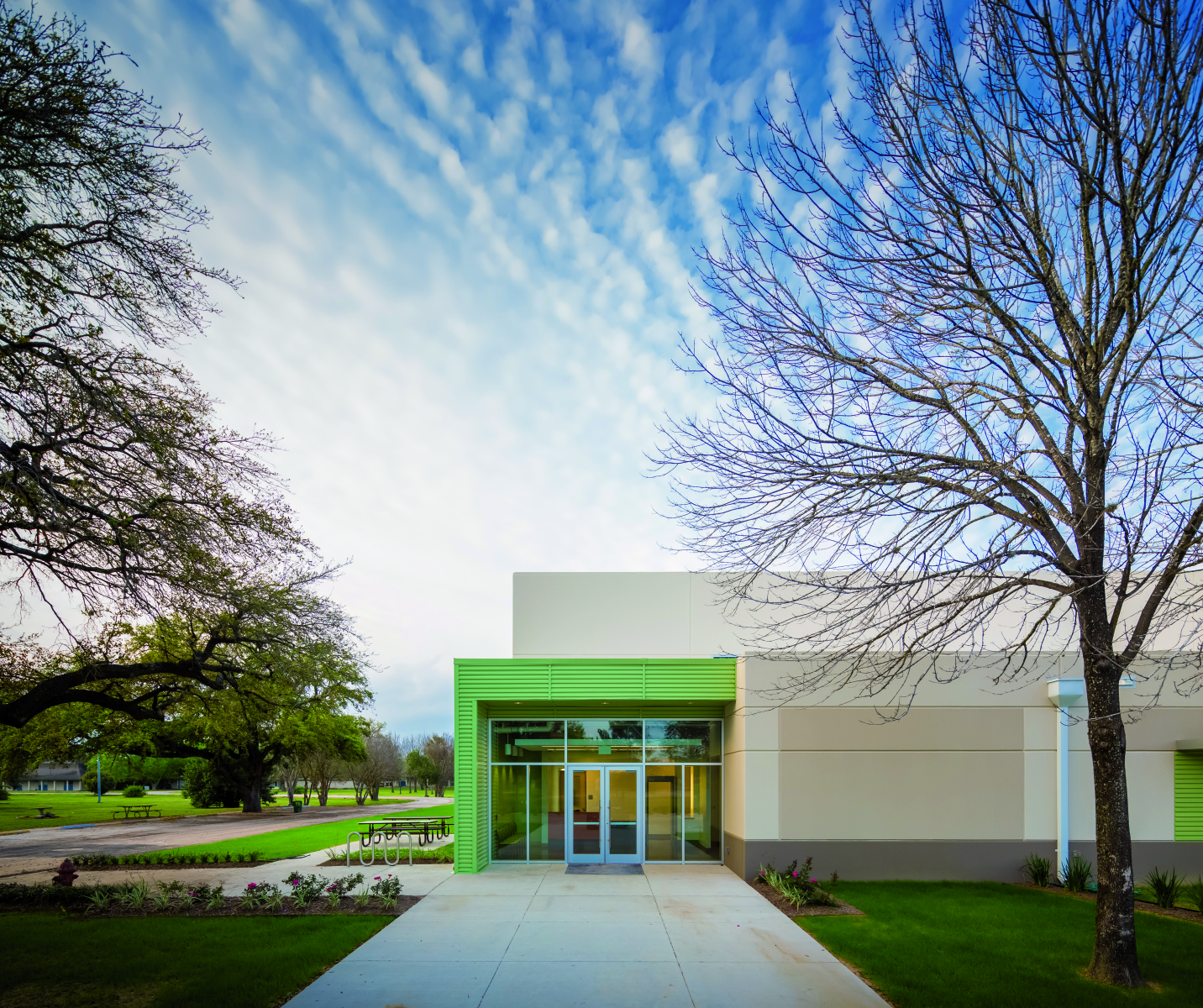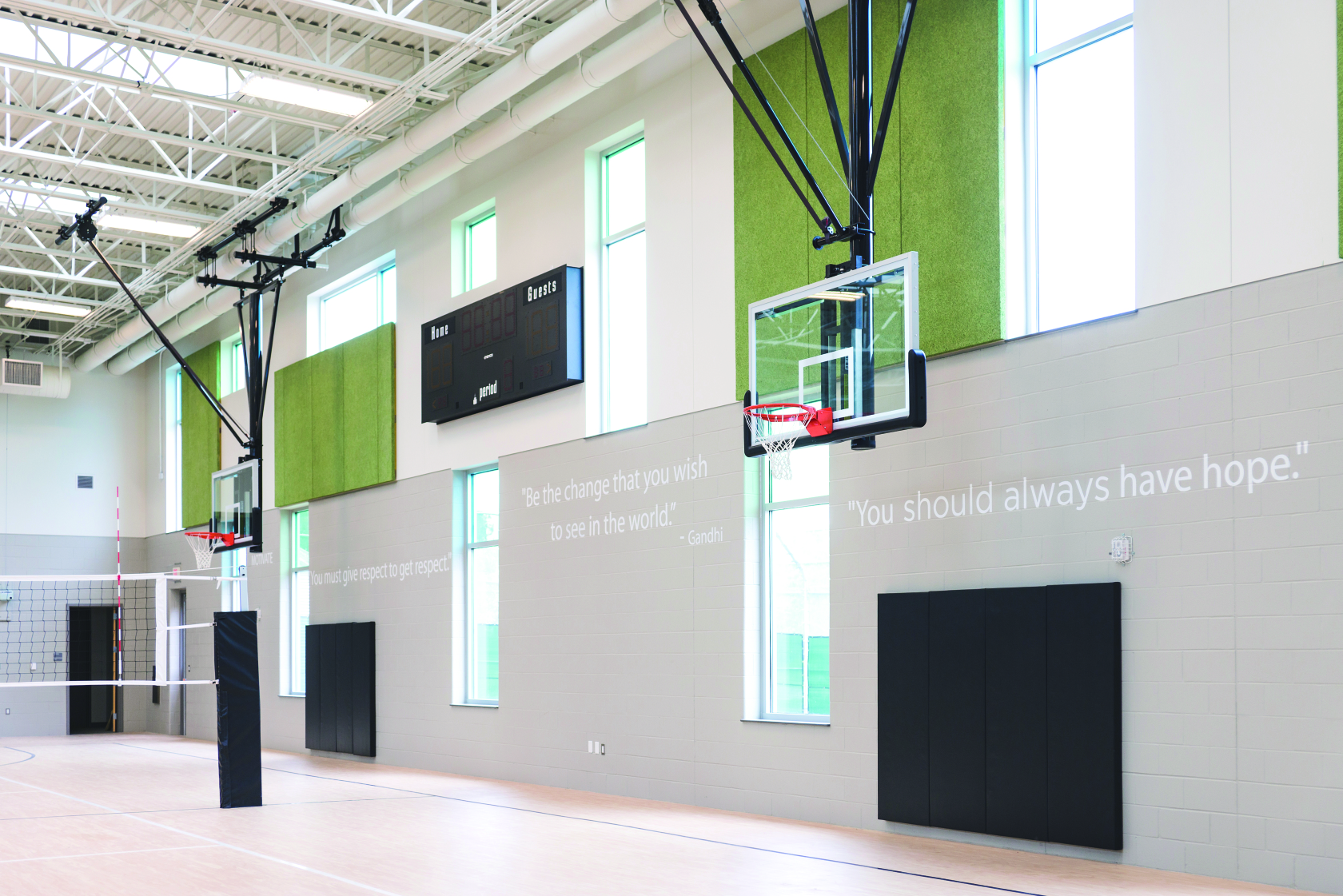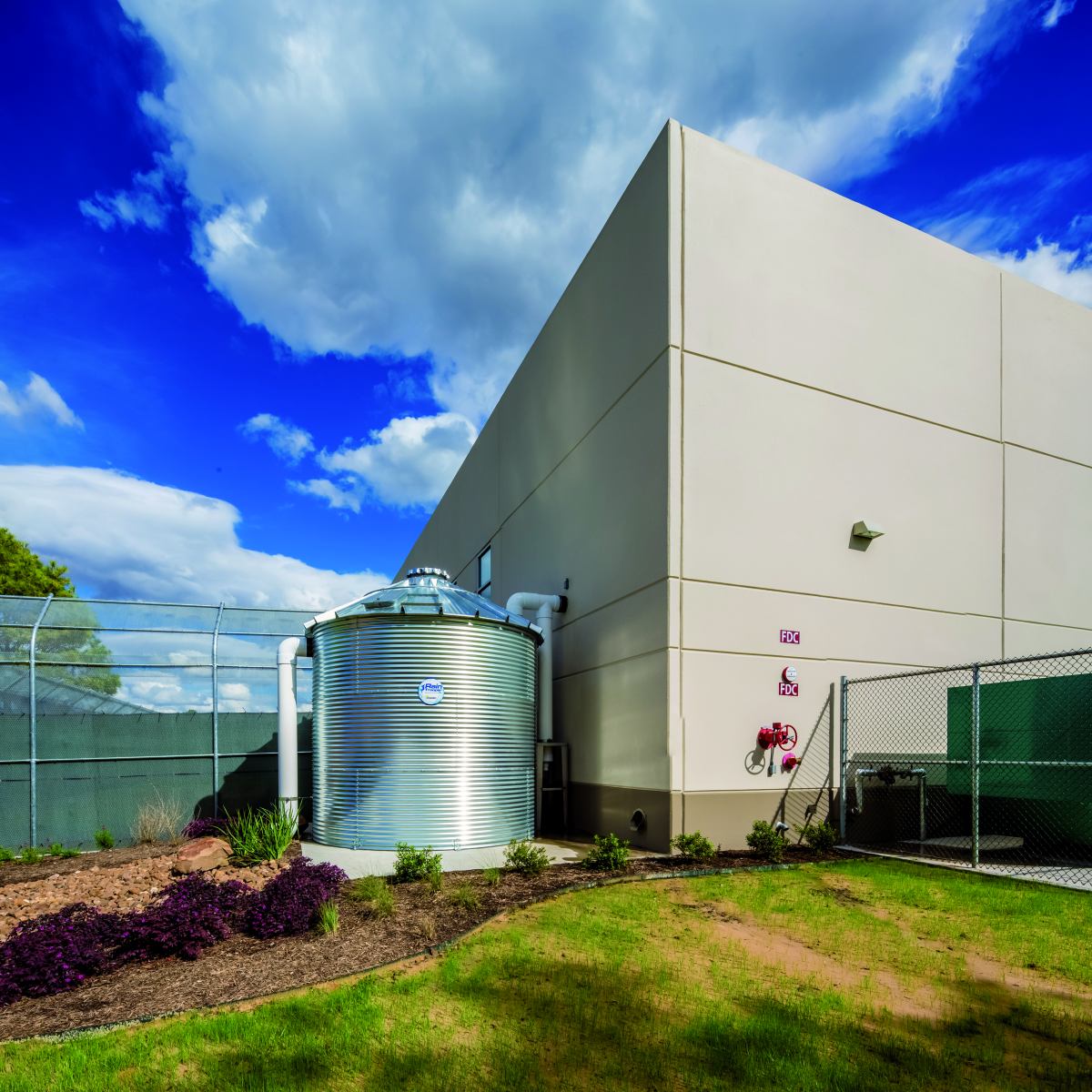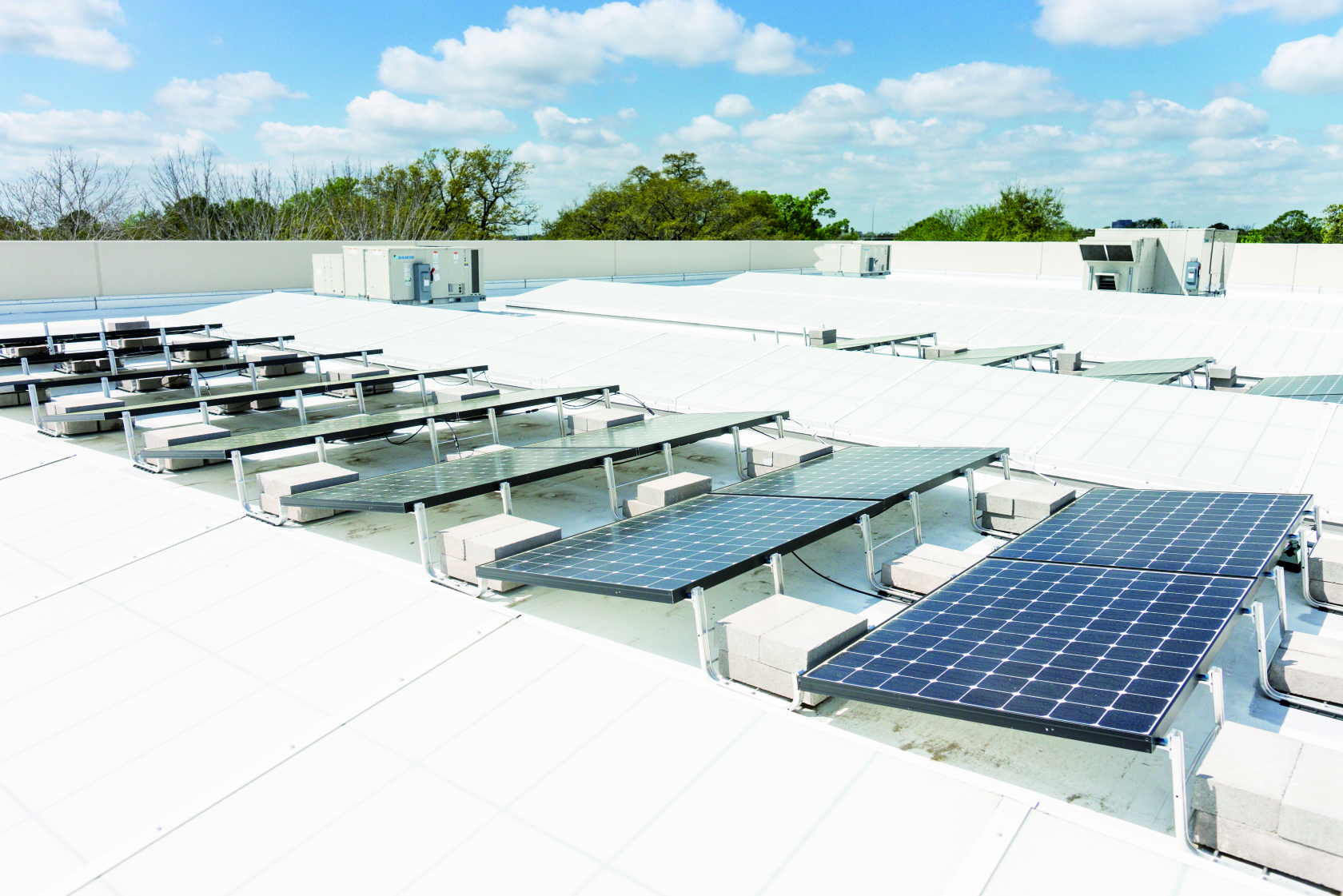Harris County Precinct 3, together with Kirksey Architecture, held a LEED plaque ceremony and building tour of the Burnett-Bayland Gym, the first municipal building on the Texas Gulf Coast to receive the highest LEED certification.
Harris County Precinct 3, together with Kirksey Architecture, held a LEED plaque ceremony and building tour of the Burnett-Bayland Gym, the county’s first LEED Platinum building, on Thursday, May 4th.
The gym is the first municipal building on the Texas Gulf Coast to receive the highest certification awarded by the U.S. Green Building Council. It features energy efficient design and the effective use of natural resources – including energy generated by a rooftop solar array and rainwater collected in a 10,000 gallon cistern.
Speakers and county officials in attendance included County Commissioner Steve Radack; Harris County Engineer John Blount; Tom Brooks, the exec. director of Harris County Juvenile Probation Department; USGBC Texas Gulf Coast Chapter Chair David MacLean; Nicola Springer, vice president at Kirksey Architecture; and Kirksey EcoServices team member and architect, Colley Hodges, who led the green building tour.
“This building is much more than a gymnasium. It’s a multi-service facility where 100+ youth are exposed to many positive opportunities,” said Tom Brooks, the Executive Director of the Harris County Juvenile Probation Department.
“They walk onto the basketball court and express amazement at how beautiful the facility is. They treat the gymnasium with respect and see it as a privilege to play in. The Burnett-Bayland gym is an energy-efficient and environmentally designed venue that will bring years of positive entertainment to the community.”
Located at 6500 Chimney Rock Road in Houston, the gym’s achievement of LEED Platinum for New Construction was recognized through its sustainable features including:
GREEN BUILDING FACTS:
The gym is designed to use 44% less energy than a typical code-compliant building. LED fixtures throughout the space both save energy and reduce the presence of toxic materials like mercury, which is contained in fluorescent light bulbs. An energy recovery system ensures that cooling and heating energy is recovered from exhaust, thereby reducing the energy required for HVAC operation.
8 kW Rooftop-mounted solar panels offset 31% of the building’s lighting energy usage. Daylight sensors automatically dim or shut off artificial lights when adequate natural light is being let in by the building’s skylights.
One of the most water-efficient buildings in the city, the gym swept the LEED Water Efficiency category, earning all available points. Low-flow plumbing fixtures help reduce indoor potable water use by an estimated 38% compared to a conventional building.
100% of the stormwater that falls on the site is treated by bioswales that naturally remove pollutants before the water is discharged from the site. Drought-resistant native landscaping requires less water, pesticides, and maintenance.
- Utilizing Natural Resources
Rainwater is collected from the roof and stored in a 10,000-gallon corrugated metal cistern. This water is stored for emergency purposes and used to irrigate an on-site community garden.
- Healthy Indoor Environment
Less toxic paints, adhesives, sealants, and flooring were used to ensure healthy indoor air for occupants. Access to adequate daylight levels helps regulate occupants’ circadian rhythms, and views to the exterior in more than 90% of spaces provide a connection to nature and the outdoors.








